Imagine Europe over a thousand years ago, a whirlwind of constantly shifting borders and fierce battles. Out of this chaos rise the Frankish knights, the muscle behind the mighty Frankish Empire. These weren’t just any soldiers – they were the elite, the best of the best, and their swords carved out a legacy that echoes even today.
Who Were the Frankish Knights?
These warriors emerged from the Franks, a powerful Germanic tribe that made their mark on history by establishing a vast empire encompassing much of Western Europe. The Frankish knights were the backbone of this empire, their military prowess instrumental in its expansion and dominance. Known for their skills in both mounted and infantry combat, these warriors were a force to be reckoned with on the battlefield.
The reign of Clovis I marked a turning point for the Franks. A shrewd strategist and ambitious leader, he led his people to conquer a vast kingdom stretching from the Rhine River to the Pyrenees Mountains. Recognizing the unifying power of religion, Clovis I made the momentous decision to convert to Christianity in 496 AD. This strategic move had far-reaching consequences, elevating the Frankish kingdom to a position of power in Europe and playing a crucial role in the spread of Christianity throughout the continent. To understand the full significance of Clovis’s conversion to Christianity, it is essential to delve into the historical context and its long-lasting consequences.
The Frankish knights quickly gained a reputation for their ferocity and discipline in battle. Clad in heavy armor, they were a formidable sight, resembling walking fortresses of chainmail and steel. Armed with an array of deadly weapons – swords, spears, axes – they honed their combat skills to perfection, becoming the stuff of legends. But these warriors were more than just skilled fighters. Their unwavering faith was an integral part of their identity, and they fought with a fervor inspired by the belief that their conquests were God’s work.
For centuries, the Frankish knights remained the backbone of the French army, their legacy woven into the fabric of European history. Their impact extended beyond the battlefield, influencing military traditions, social hierarchies, and even the ideals of honor and courage that still resonate today.
The Rise of Frankish Knighthood: Origins and Evolution
The emergence of the Frankish knights was deeply intertwined with the expansion of the Frankish Empire. As the Franks conquered new territories, they recognized the need for a strong and organized military force to maintain their hold on power. This need gave rise to the Frankish knights, skilled horsemen armed and equipped to defend the realm.
Charlemagne, the legendary Frankish king, recognized the true potential of these warriors. He understood that a well-trained and motivated army was essential for maintaining control over his vast empire. Charlemagne formalized the institution of knighthood, transforming it from a mere occupation into a way of life. He established a code of conduct—a precursor to what we know as chivalry—that emphasized loyalty, courage, and honorable combat. This code aimed to shape these warriors into something more than just hired swords; it sought to instill in them a sense of honor and duty.
This formalized system of knighthood, with its emphasis on chivalry, elevated the status of knights within Frankish society. They were no longer merely soldiers but became a respected class, their service considered a noble calling. The idea of knighthood, with its code of conduct and emphasis on honor, spread rapidly beyond the borders of the Frankish Empire. Soon, kingdoms across Europe sought to emulate the Frankish model, creating their own orders of knights.
Tournaments, with their elaborate displays of skill and pageantry, became a defining feature of medieval life. These events provided knights with a platform to demonstrate their prowess, vying for glory and recognition. The influence of the Frankish knights on medieval warfare and society cannot be overstated. They were instrumental in shaping military strategy, influencing the development of heraldry, and cementing the ideals of chivalry in the collective consciousness of the medieval world.
Armor and Weaponry: How Did Frankish Knights Equip for Battle?
To understand the dominance of the Frankish knights, one must delve into the world of their armor and weapons. These were not merely tools of war but represented the pinnacle of craftsmanship and technology of the time, reflecting the wealth, status, and battlefield prowess of those who bore them.
A Frankish Knight’s Toolkit for War
The Frankish knights were versatile warriors, equally adept at fighting on horseback or engaging in hand-to-hand combat on foot. Their arsenal reflected this adaptability. The double-edged sword, a symbol of knighthood itself, was their weapon of choice for close combat, its design ideal for both offensive and defensive maneuvers. For mounted charges, they relied on the lance, a formidable spear capable of unhorsing enemies with devastating force. In close-quarters combat, maces and battle-axes became their instruments of destruction, capable of shattering bones and breaching even the toughest armor.
Dressed to Impress (and Not Die)
Protection was paramount in the brutal reality of medieval warfare, and the Frankish knights invested heavily in their armor. Early Frankish warriors relied on leather armor—a rudimentary but essential form of protection. As technology advanced, they transitioned to plate armor—a suit of interlocking metal plates that encased the knight from head to toe. These suits transformed them into veritable walking fortresses, providing unmatched defense against enemy blows. Chainmail, a flexible yet surprisingly strong armor made of interlinked metal rings, was worn beneath the plate armor to provide additional protection to vulnerable areas.
Shields Up!
No knight was complete without a shield, their primary defense against a barrage of projectiles and attacks. These shields, typically constructed from wood and reinforced with leather or metal, were essential for their survival on the battlefield. The iconic kite shield, a large, triangular shield favored for its extensive coverage, became synonymous with medieval knights, offering optimal protection against arrows, sword thrusts, and even the crushing blows of a mace. Smaller, round shields provided greater maneuverability, essential for close-quarter combat.
More Than Just Protection
The significance of armor and weapons extended beyond their practical functions on the battlefield. They served as powerful symbols of status and wealth, much like luxury cars or designer clothing today. The more ornate and finely crafted a knight’s armor and weapons, the greater his perceived status. Knights would commission skilled artisans to adorn their armor with intricate designs and embellishments, showcasing their wealth and prestige. Helmets, in particular, became grand displays of heraldry, often adorned with family crests, plumes, and other distinctive features.
The armor and weaponry of the Frankish knights offer a glimpse into their world—a world where practicality and prestige intertwined. They were walking arsenals, their equipment a testament to the technological advancements and artistic sensibilities of the time.
- Crypto Quotes’ Red Flags: Avoid Costly Mistakes - June 30, 2025
- Unlock Inspirational Crypto Quotes: Future Predictions - June 30, 2025
- Famous Bitcoin Quotes: A Deep Dive into Crypto’s History - June 30, 2025
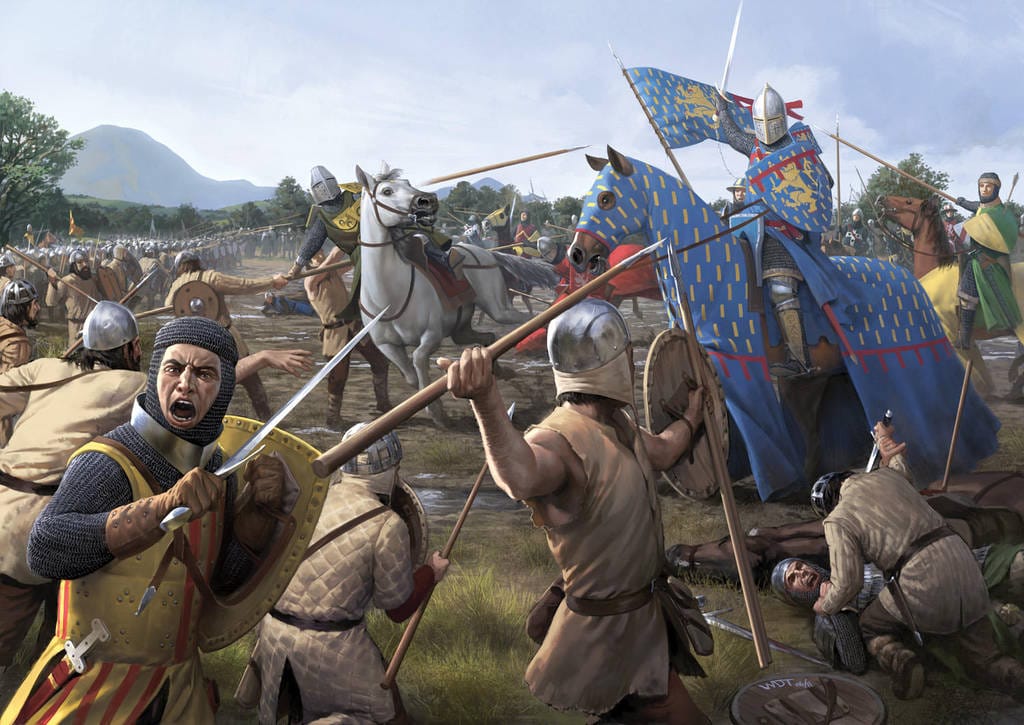
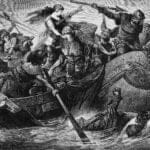
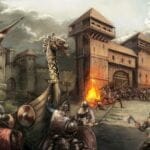
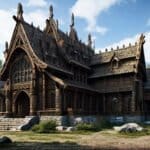
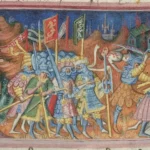
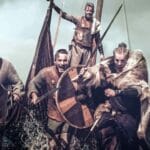
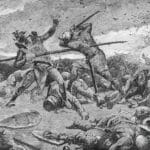










Comments are closed.